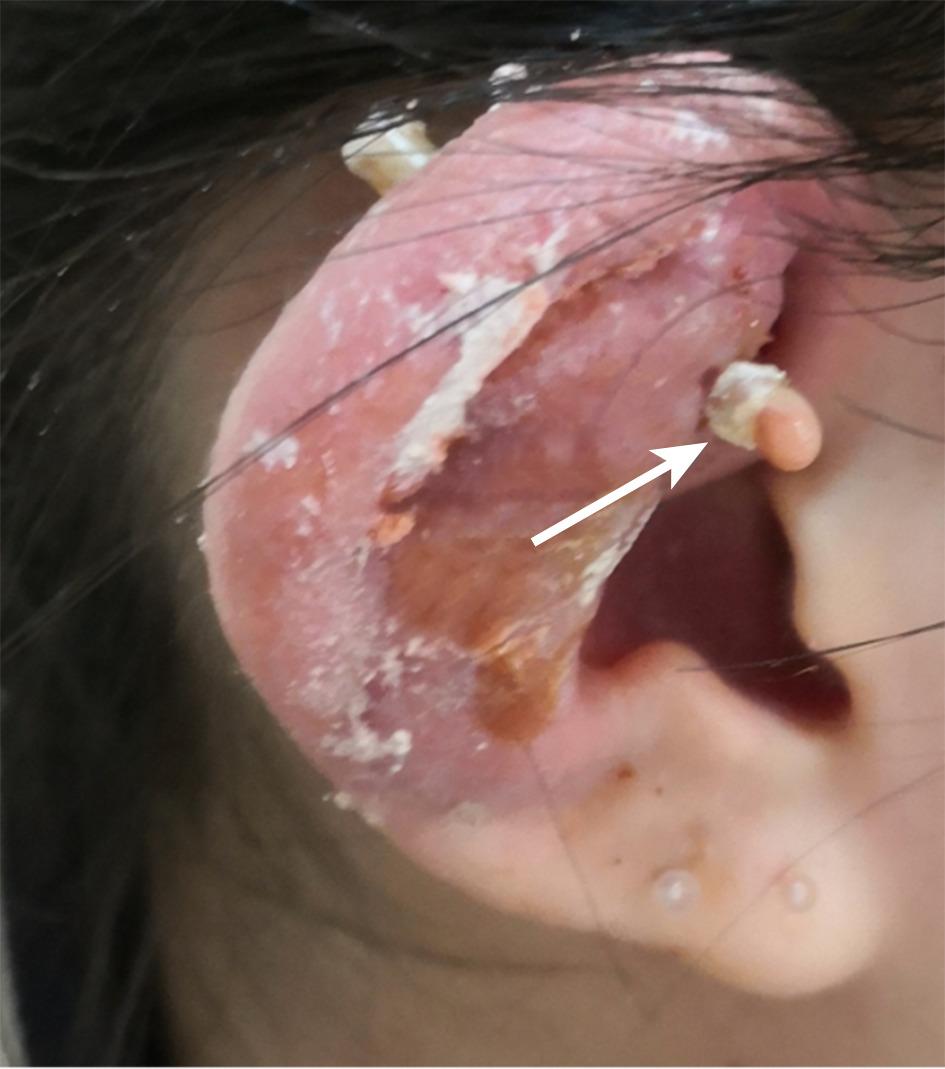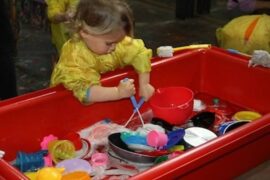Hey there, Super Parents! Your Guide to Earring Infections Starts Here!
Are you a super mom or dad navigating the sparkly waters of your little one’s newly pierced ears? Well, twinkle those stars and get ready for a journey through the ins and outs of earring infections. It’s not just about the bling; it’s about keeping those cute lobes healthy and happy! So, sit back with your superhero cape, and let’s dive into the world of earrings with care and flare. ??
Understanding Earring Infections: What’s That All About?
Earring infections can sneak up on you like a villain in a superhero movie, but fear not! Knowing the bad guy is half the battle won. Most earring infections are caused by bacteria or fungi making themselves at home in a new piercing. This can be due to a variety of factors, such as unsterilized equipment, poor aftercare, or an allergic reaction to the earring material.
When it comes to your kiddo’s dainty ears, you want to make sure you’re choosing non-reactive metals like gold, surgical stainless steel, or titanium. Our tiny humans’ skin is as sensitive as their hearts, so picking the right material is like choosing the perfect sidekick for their superhero adventures!
Spotting the Villains: Symptoms of Earring Infection
Keep your parental super senses tingling for the symptoms of an earring infection, which may include:
- Redness and swelling at the piercing site
- Warmth or tenderness when touched
- Pus or discharge (not the glitter we want!)
- Continued pain or discomfort after the initial healing period
- Fever, which means it’s time to call in the medical superhero squad!
Monitoring these symptoms closely will help you act faster than a speeding bullet to prevent any infection from worsening.
Preventing Earring Infections: Your Superpower!
Good news! You have the superpower to prevent most earring infections with some simple, yet mighty steps:
- Ensure that piercing is done by a professional using sterile equipment
- Choose the right earring material to avoid allergic reactions
- Teach your child the importance of hand hygiene before touching their ears
- Clean the piercing according to the piercer’s instructions with a saline solution
- Encourage your little hero to avoid swimming pools and other potentially germ-laden waters until fully healed
It’s like equipping their lobes with an invisible shield of protection!
And let’s not forget the most important superpower of all – patience. Healing takes time, and rushing the process can lead to complications. Encourage your mini-me to be patient, just like the grown-up hero they admire—you!
When to Seek Professional Help: Calling in the Cavalry!
Sometimes, even the best heroes need a helping hand. If you’re noticing that the symptoms of infection are not improving, or they’re accompanied by a fever, it’s important to seek the help of a pediatrician or dermatologist. They’re the trusted allies in your quest to keep those little ears infection-free.
In our upcoming sections, we’ll get into the nitty-gritty of earring aftercare, the signs of allergic reactions versus infections, and when it’s safe to switch out those starter studs for something with a little more pizzazz. So, grab your cape, and let’s continue this heroic journey to ensure healthy, happy ear piercings for your tiny trendsetter!
Remember, dear parents, your love and attention are the true superpowers when caring for your child’s pierced ears. By following the golden rules of earring care and staying vigilant for any signs of mischief, you’ll help your little one shine bright—earrings and all—without any unwanted adventures in Earring Infection Land.

5 Things Parents Should Know in Preparing for Earring Infection
As the fearless protectors of your child’s tiny ears, there are golden nuggets of wisdom you should arm yourselves with. Here are five essential things to keep in your parental utility belt:
- Education is Key: Understanding the piercing process, the healing timeline, and the risk of infections is crucial. Invest time in learning about proper aftercare and the anatomy of the ear to ensure you know what’s normal and what’s not.
- Choose a Reputable Piercer: Just as you would select a qualified pediatrician, find a piercing professional with stellar reviews and proper credentials. Make sure they use disposable gloves, sterilized equipment, and provide thorough aftercare instructions.
- Aftercare Routine: Create an aftercare routine and stick to it. A saline solution or a special ear care antiseptic recommended by the piercer should be your go-to. Clean the piercing gently, and never twist or turn the earrings prematurely.
- Be on Infection Watch: Keep a close watch on any changes in the piercing area. Although some redness and swelling are expected, monitor for increasing pain, unusual discharge, and fever. Catching symptoms early can prevent a mild irritation from becoming a supervillain-sized problem.
- Hypoallergenic is the Way to Go: Nickel allergies are common, and an allergic reaction can mimic an infection. Opt for hypoallergenic earrings made of pure metals or those designed for sensitive skin. This proactive step can significantly reduce the risk of complications.
The Journey to Earring Aftercare Excellence
Embark on this quest of aftercare mastery, where diligent attention to detail becomes second nature. Here’s your cheat sheet:
- Keep it Clean: Twice a day, make it your mission to cleanse the pierced area with sterile saline solution, as advised by your piercer. Gently apply the solution with a clean cotton swab—no harsh rubbing!
- Spot Checks: Check the earrings daily to ensure they’re secure but not too tight. A snug fit is necessary but be mindful not to clamp down on delicate, healing tissue.
- Hands Off: Encourage your little one to avoid fiddling with their earrings. Their hands may be small, but they’re mighty carriers of germs.
- Resist the Temptation: Keep those charming ears away from lotions, perfumes, and hair products. These substances can irritate the piercing and compromise the healing process.
- Stay Dry: After bath time or showers, gently pat the earlobes dry with a clean towel or tissue. Moisture is not a friend to those healing piercings.
Allergic Reactions vs. Infections: Know the Difference
It can be a puzzle to distinguish between an allergic reaction and an infection, but here are checkpoints to solve the mystery:
- Allergic Reaction: Symptoms usually include itching, redness, and swelling. The area may appear dry or scaly, and symptoms typically appear soon after changing earrings to a metal that may contain allergens.
- Infection: Look out for more intense signs such as increasing pain, expanding redness, significant swelling, and possibly pus. Unlike an allergic reaction, infections often develop over several days and may come with a fever.
Safely Switching Earrings: Timing is Everything
Patience is your sidekick when waiting for the perfect moment to introduce new earrings. Most piercers recommend leaving in the initial earrings for 6 to 8 weeks. This timeline can vary, so always consult your trusted piercing professional before swapping out any jewelry. When the time comes, make sure to do it in a clean, well-lit space with washed hands and sanitized earrings.
Becoming a guardian of your child’s pierced ears might not come with a cape, but it’s undoubtedly a role filled with love and diligence. With this array of knowledge tailored for the conscientious parent, you’re now geared up for a problem-free experience. Keep those ears shining bright, Super Parents, and always err on the side of caution when it comes to the health of your little ones’ lovely lobes!
For more great articles please see here. For more information see here
Disclaimer
The articles available via our website provide general information only and we strongly urge readers to exercise caution and conduct their own thorough research and fact-checking. The information presented should not be taken as absolute truth, and, to the maximum extent permitted by law, we will not be held liable for any inaccuracies or errors in the content. It is essential for individuals to independently verify and validate the information before making any decisions or taking any actions based on the articles.




